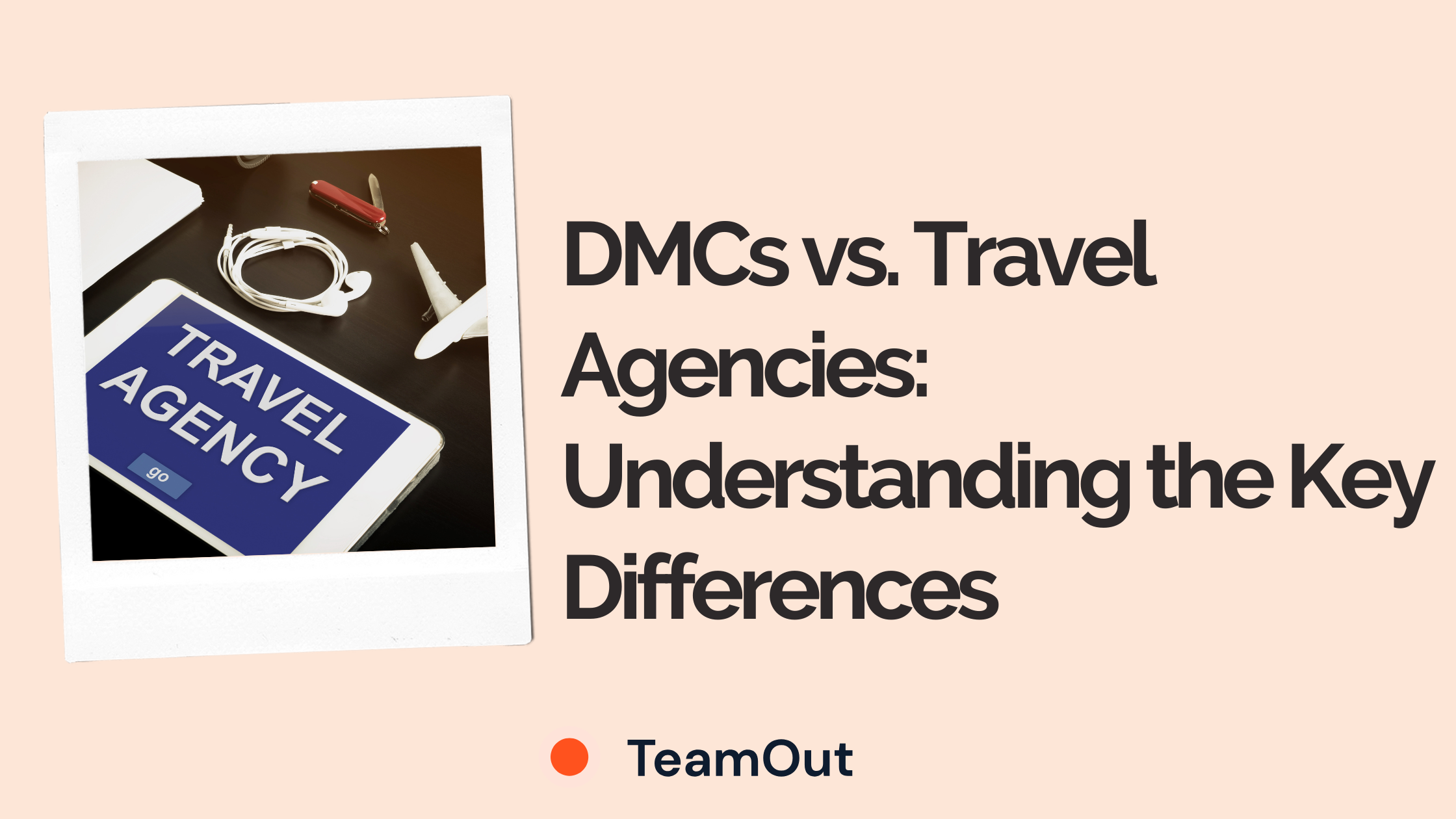In today's dynamic business landscape, effective teamwork is crucial for organizations to thrive. Team chartering plays a vital role in fostering collaboration, alignment, and accountability within teams. A team charter is a formal document that outlines the goals, roles, and communication guidelines for a team. It serves as a roadmap, guiding team members towards a shared vision and providing clarity on their responsibilities. By implementing team chartering, companies can establish a strong foundation for their teams, promoting efficient communication, reducing conflicts, and enhancing overall performance, in virtual engaging worlds too. In this article, we will explore the importance of team chartering and the benefits it brings to companies seeking to optimize teamwork and achieve success.
Team Chartering: What it is
A team charter is a formal document that clarifies and sets the goals of a team. It serves as a roadmap, guiding the team's actions and providing a clear direction for their work. One of the main functions of a team charter is to serve as a resource for the company or department, ensuring that the team's goals align with the overall objectives of the organization. It helps establish a common understanding of the team's purpose, which is essential for effective collaboration and coordination.
For example, let's consider a marketing team within a software company. The team charter for this marketing team would outline the specific goals and objectives related to promoting the company's products or services. It would clarify the target audience, marketing strategies to be employed, and the metrics to measure success, such as increasing website traffic or generating leads. The team charter would not only provide guidance to the team members on their individual roles and responsibilities but also educate them on how their efforts contribute to the larger marketing strategy of the organization. This ensures that everyone is working towards the same direction, fostering a sense of unity and purpose within the team. In remote companies' context, team chartering is key, and virtual corporate trainings can be a great way to meet business objectives.
.avif)
In addition, a team charter also serves as a tool to educate team members about the team's goals and direction. It helps team members understand the purpose of their work, how it fits into the bigger picture, and the expected outcomes. This clarity enables team members to align their actions and decisions with the team's goals, enhancing overall productivity and effectiveness. For instance, in a project management team, the team charter may outline the specific project objectives, deliverables, and timelines. It would provide a clear understanding of the project's scope and the role each team member plays in achieving the desired outcomes. This ensures that everyone is on the same page, minimizing confusion and promoting a collaborative and focused work environment.
Overall, a team charter serves as a foundational document that not only sets the team's goals but also acts as a roadmap and educational resource. It provides clarity and direction, ensuring that the team's efforts are aligned with the company's objectives, and educates team members on their individual contributions to the team's success. By creating a shared understanding of purpose and direction, a team charter enhances communication, coordination, and overall team performance.
Structure of a Team Charter: Steps to design one
Step 1: Brainstorm and Define the Purpose and Goals
The first step in designing a team charter is to clearly define the purpose of the team and the specific goals it aims to achieve. It involves brainstorming and sitting down with the other team members to clearly lay out a plan. This could be a project-related goal, a problem-solving objective, or a long-term strategic goal. By having a clear understanding of the purpose and goals, team members can align their efforts towards a common vision and create a mission statement. A good goal is specific, measurable, attainable, relevant, and time-bound (SMART). For example, a defined goal could be: "Increase sales by 10% in the next quarter through targeted marketing campaigns and expanding our customer base in new markets." Another example could be: "Improve customer satisfaction ratings by 15% within six months by enhancing our product support services and implementing a proactive customer feedback system."
%20copy.avif)
Step 2: Identify Roles and Responsibilities
In order to establish a well-functioning team, it is crucial to define the roles and responsibilities of each team member. This step involves identifying the specific tasks and duties that each team member will be responsible for, according to each one’s area of expertise and capacities. This helps to avoid confusion and duplication of efforts within the team, ensuring that everyone knows what is expected of them and ensuring employee engagement and involvement.
Step 3: Establish Team Values and Norms
Team values and norms set the tone for how team members interact with each other and how they approach their work. It is important to establish a set of values and norms that reflect the team's culture and promote collaboration, respect, and open communication. These values and norms should be agreed upon by the team as a whole, ensuring everyone has a voice in shaping the team's working environment. Making sure that employees are aligned with the company values naturally boosts employee loyalty to the organization.One example of a real-life company where the establishment of values and norms promotes collaboration, respect, and open communication is Google. At Google, employees are encouraged to work together across boundaries, treating each other with respect and valuing diversity and inclusion. They prioritize effective and open communication, actively listening to one another and fostering a transparent and participatory work environment. This inclusive approach to shaping the team's working environment also fosters a sense of loyalty and belonging among employees, leading to increased organizational success.
Step 4: Develop Communication Guidelines
Effective communication is key to the success of any team. In this step, the team charter should outline guidelines for communication, including the preferred methods of communication, expected response times, and protocols for sharing information and updates. This helps to create a structured and efficient communication process within the team, fostering transparency and ensuring that information flows smoothly among team members. Team communication improvements is one of the benefits of hosting a corporate retreat.An example of company where effective communication and the establishment of communication guidelines are prioritized is Slack. In Slack's team charter, they outline their preferred method of communication, which is through the Slack platform itself, ensuring that information and updates are centralized and easily accessible to all team members. They also set expectations for response times, encouraging timely and efficient communication.This way, Slack enhances collaboration, information sharing, and overall team productivity.
.avif)
Step 5: Set Performance Metrics and Measurement
To assess the progress and success of the team, it is important to establish performance metrics and measurement criteria. This step involves identifying key performance indicators (KPIs) or benchmarks that will be used to evaluate the team's performance. These metrics could include project milestones, quality standards, customer satisfaction ratings, or any other relevant metrics that align with the team's goals. It can also be very efficient to implement two-way dialogues and peer-to-peer feedback. Regularly tracking and reviewing these metrics can help the team stay on track and make necessary adjustments if needed.
Step 6: Define Decision-Making Processes
Teams often face decisions that require collective input or agreement. In this step, the team charter should outline the decision-making processes that will be used within the team. This includes identifying who has the authority to make decisions, the process for seeking input from team members, and how final decisions will be reached. Having clear decision-making processes helps to avoid confusion and ensures that everyone understands their role in the decision-making process.
Step 7: Establish Conflict Resolution Strategies
Conflict is inevitable in any team setting. It is important to address conflicts in a timely and constructive manner to maintain a healthy team dynamic. This step involves outlining conflict resolution strategies within the team charter. These strategies could include open dialogue, mediation, or involving a neutral third party. By having predefined conflict resolution strategies, the team can address issues effectively and prevent them from escalating and negatively impacting team morale and productivity.
Step 8: Review and Revisit the Charter
A team charter is not a static document; it should be reviewed and revisited periodically to ensure its relevance and effectiveness. This step involves setting a schedule for reviewing the team charter and making updates as necessary. As the team progresses and circumstances change, the charter may need to be adjusted to reflect new goals, roles, or processes. Regularly revisiting the team charter helps to keep it aligned with the team's evolving needs and ensures that it remains a valuable resource for the team's success.
Why you Should do it
Implementing a team charter is a strategic approach that can greatly benefit a company. By creating a clear and structured framework for team collaboration, a team charter establishes a shared vision and sets specific goals for the team. It outlines the roles and responsibilities of team members, ensuring that everyone understands their contributions and commitments. Moreover, a team charter promotes effective communication, reducing the likelihood of miscommunications and conflicts. It also enhances inter-team communication, fostering collaboration and knowledge sharing. Additionally, a team charter enhances accountability by setting clear expectations and performance metrics.
1. Shared Vision and Goal Set
Implementing a team charter ensures that all team members have a clear understanding of the team's shared vision and goals. It provides a framework for aligning individual efforts with the overarching objectives of the company. By establishing a common purpose, team members are more likely to work cohesively towards a unified goal, leading to increased productivity and better outcomes.
.avif)
2. Clear Outline of Roles and Responsibilities:
A team charter defines the specific roles and responsibilities of each team member. This clarity eliminates confusion and minimizes the likelihood of overlapping or neglected tasks. When team members have a clear understanding of their individual contributions, it promotes efficiency and accountability. Each team member knows their role and can focus on fulfilling their responsibilities, leading to a more organized and effective team. According to a study conducted by O.C. Tanner, when asked about the most crucial factor for employee success, the majority of respondents (37%) emphasized recognition as the paramount form of support that managers or companies could provide.
3. Reduced Miscommunications and Conflict:
A team charter serves as a communication tool, ensuring that everyone is on the same page. By clearly outlining expectations, processes, and protocols, miscommunications are minimized. When team members have a shared understanding of how to communicate and collaborate, misunderstandings are less likely to occur. This, in turn, reduces the chances of conflicts arising from misaligned expectations or misinterpreted information, fostering a harmonious and productive work environment.
4. Improved Inter-Team Communication:
Team chartering encourages open and transparent communication among team members. It establishes guidelines for sharing information, providing updates, and seeking input from colleagues. By promoting effective communication channels, such as regular meetings or online collaboration platforms, teams can exchange ideas, resolve issues, and make informed decisions together. Improved inter-team communication strengthens relationships, promotes knowledge sharing, and enhances collaboration, leading to better problem-solving and innovation.

5. Enhanced Accountability:
A team charter sets clear expectations and performance metrics, fostering a sense of accountability within the team. When team members are aware of the agreed-upon standards and metrics for success, they are more likely to take ownership of their work and strive for excellence. The charter serves as a reference point for evaluating individual and team performance, allowing for constructive feedback and continuous improvement. Enhanced accountability leads to increased motivation and a higher level of commitment from team members, ultimately driving overall team success.
In summary, implementing team chartering provides numerous benefits for a company. It creates a shared vision and goal set, outlines roles and responsibilities, reduces miscommunications and conflicts, improves inter-team communication, and enhances accountability. By investing time and effort in developing a team charter, a company can foster a positive team dynamic, boost productivity, and achieve better results.

















.webp)


